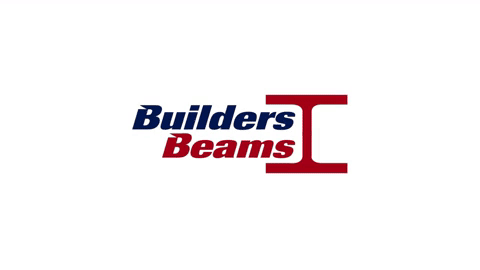In the intricate world of industrial fabrication and construction, welding stands as a cornerstone technique, pivotal for the integrity and functionality of everything from towering skyscrapers to essential machinery. This process, which involves the fusion of materials – typically metals like steel – using high heat, enables the creation of structures and components with unparalleled strength and durability. However, the success of welding extends far beyond the mere application of heat and metal. The quality, safety, and longevity of these welded joints are profoundly influenced by a critical, yet often understated step: surface preparation.
Surface preparation, the meticulous process of cleaning and readying the metal before welding, is not just a preliminary task; it is a foundational aspect that can determine the strength and safety of the welded joint. Properly prepared surfaces ensure that welds are not just superficial attachments but are integrally bonded with the base metal. This step is crucial in preventing issues like contamination, porosity, and weak welds, which can lead to catastrophic failures in structures and machinery. As such, understanding and implementing effective surface preparation techniques is not just a matter of craftsmanship but a paramount safety concern across various industries.
This article, “Ensuring Excellence and Safety in Steel Welding: The Critical Role of Surface Preparation,” is the first in a comprehensive series designed to delve into the nuances of this vital process, highlighting its significance in achieving excellence and ensuring safety in the realm of steel welding. In the coming weeks, we will be releasing a series of in-depth articles that build upon this foundation, each focusing on a critical aspect of surface preparation.
The upcoming articles include:
- Why Surface Preparation Matters in Welding: This piece will dive into the impact of surface contaminants such as oil, rust, moisture, and dirt on the welding process and how they can adversely affect the quality of the welds.
- Best Practices for Surface Preparation: Here, we will explore the various methods and techniques for effectively preparing surfaces, including cleaning, mechanical preparation, and chemical treatments.
- Health and Safety Guidelines: Safety is paramount in welding, and this article will provide detailed guidelines on personal protective equipment, safe handling of materials and tools, and best practices for ensuring a safe working environment.
- Health and Safety Guidelines: Reiterating the importance of safety, this article will further delve into the crucial aspects of hazard communication and the importance of adhering to safety protocols in the welding industry.
Each article in this series is designed to offer valuable insights and practical advice, ensuring that professionals in the field are well-equipped with the knowledge and skills necessary to execute welding tasks with the highest standards of quality and safety. Stay tuned for these insightful pieces that promise to enhance your understanding and application of steel welding practices.
Categories
Archives
- April 2024 (5)
- March 2024 (2)
- February 2024 (1)
- January 2024 (3)
- December 2023 (2)
- November 2023 (1)
- September 2023 (4)
- August 2023 (3)
- July 2023 (1)
- June 2023 (7)
- May 2023 (2)
- April 2023 (14)
- March 2023 (15)
- February 2023 (7)
- January 2023 (6)
- December 2022 (5)
- November 2022 (1)
- October 2022 (4)
- September 2022 (3)
- August 2022 (1)
- July 2022 (2)
- June 2022 (2)
- April 2022 (4)
- March 2022 (1)
- February 2022 (1)
- December 2021 (3)
- March 2021 (2)
- October 2020 (1)
- September 2020 (1)
- July 2020 (1)
- June 2020 (1)
- May 2020 (2)
- April 2020 (2)
- March 2020 (3)
- February 2020 (2)
- January 2020 (1)
- December 2019 (2)
- November 2019 (1)
- October 2019 (1)
- September 2019 (3)
- August 2019 (1)
- July 2019 (4)
- June 2019 (4)
- May 2019 (1)
- April 2019 (4)
- March 2019 (2)
- February 2019 (4)
- January 2019 (4)
- December 2018 (4)
- November 2018 (4)
- October 2018 (5)
- September 2018 (6)



